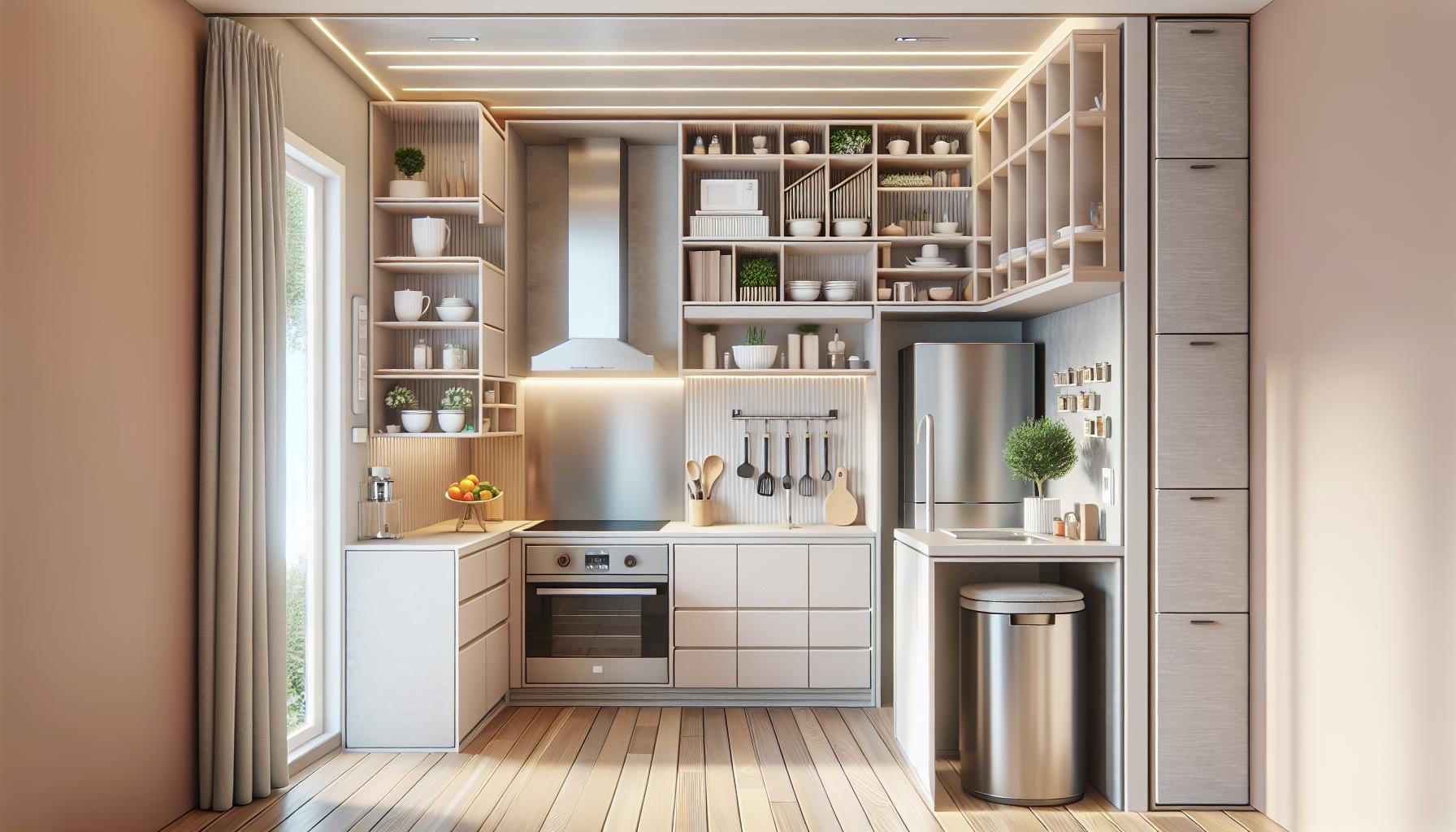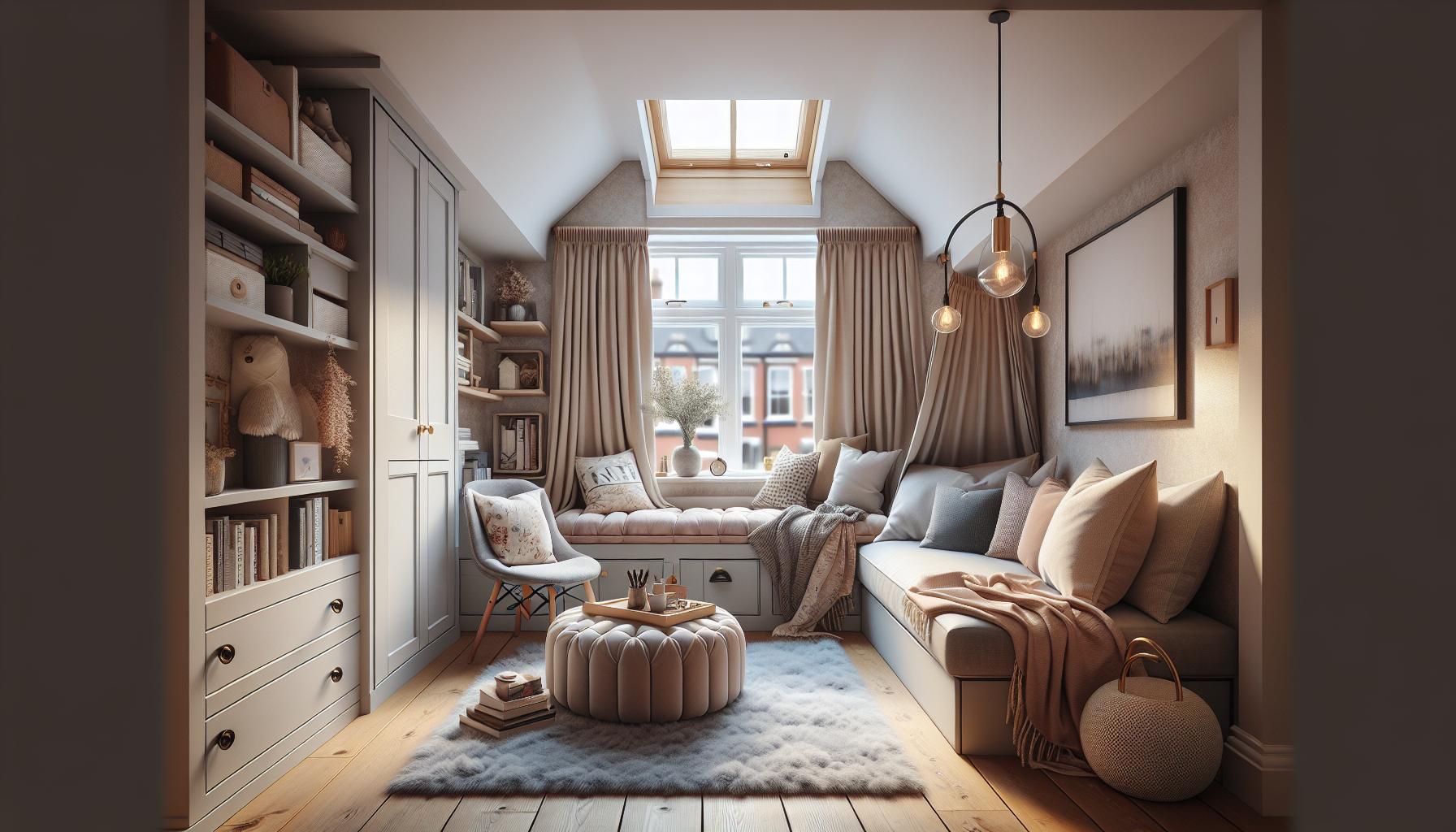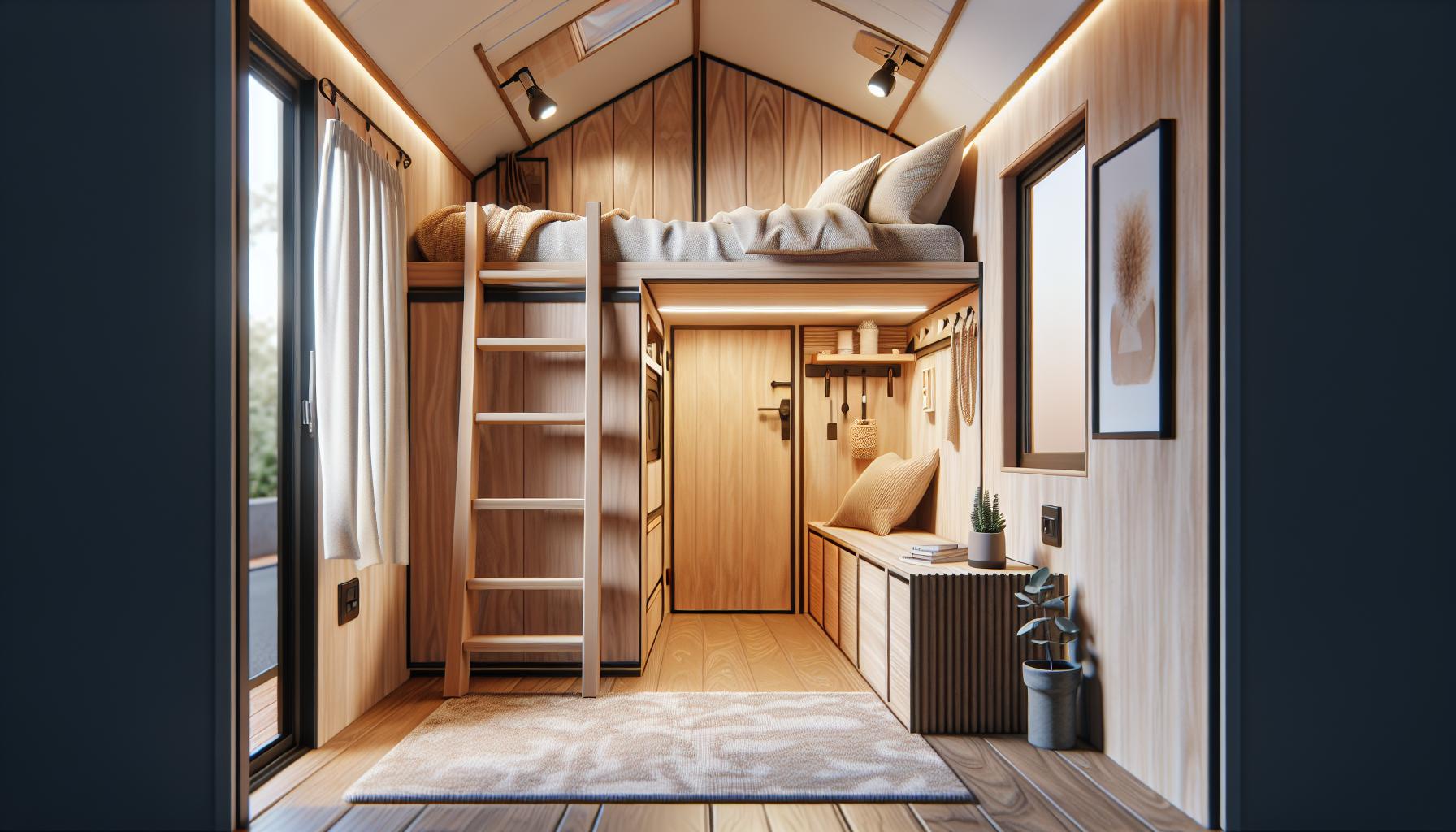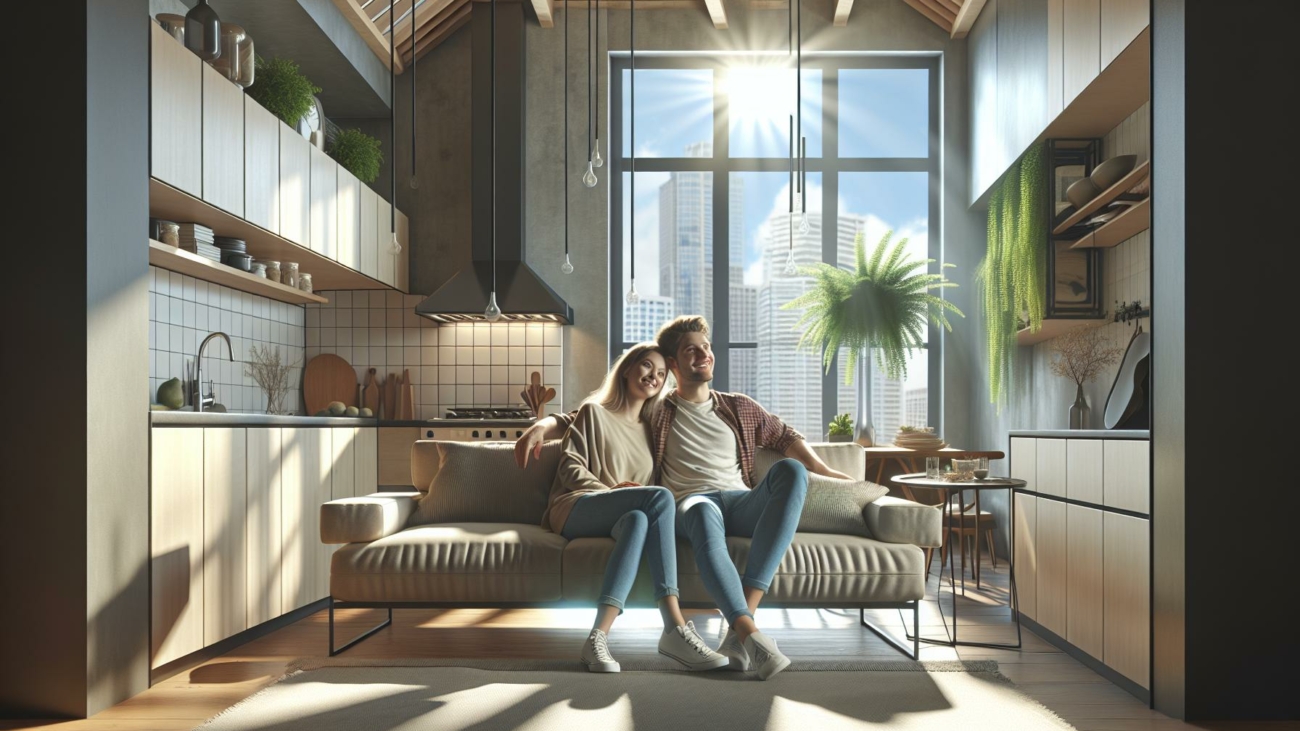Tiny homes are more than just a trend; they represent a shift towards minimalist living and sustainability. I’ve discovered that the right floor plan can transform a compact space into a cozy haven, maximizing every square inch while maintaining comfort and style. Whether you’re looking to downsize or simply embrace a simpler lifestyle, tiny home floor plans offer endless possibilities.
Key Takeaways
- Maximize Space: Tiny home floor plans emphasize efficient use of space through innovative designs such as open concepts, lofted areas, and multi-functional rooms.
- Prioritize Functionality: Popular layouts include compact kitchens and living areas that transform into guest spaces, enhancing the home’s versatility.
- Incorporate Outdoor Living: Integrating outdoor spaces, like patios and decks, expands livable areas and enhances overall enjoyment of the home.
- Understand Lifestyle Needs: Choosing the right floor plan should reflect individual or family needs, including sleeping arrangements, storage, and workspaces.
- Consider Budget and Regulations: Setting a budget and researching local building codes are essential steps to ensure a smooth construction process and compliance.
- Explore Diverse Styles: Tiny homes come in various styles, from modern to cottage, allowing for personalization and a connection to the surrounding environment.
Tiny Home Floor Plan Ideas
Tiny home floor plan ideas cater to various lifestyles while maximizing space efficiency. These plans promote functionality and comfort, making them ideal for individuals or families seeking a minimalist lifestyle.
Common Floor Plan Layouts
- Open Concept: Open concept layouts combine living, dining, and kitchen areas, fostering a spacious feel. This design promotes social interaction and fluid movement between spaces.
- Lofted Spaces: Lofted areas create additional sleeping or storage space without expanding the home’s footprint. Elevating the sleeping area allows for more living space below.
- Compact Kitchens: Compact kitchens often include essential appliances, maximizing utility without sacrificing style. Designers incorporate clever storage solutions to maintain organization.
- Multi-functional Rooms: Multi-functional rooms serve various purposes, like converting a living area into a guest space. Adaptable furniture enhances versatility, catering to changing needs.
- Outdoor Integration: Incorporating outdoor spaces, such as decks or patios, extends livable areas. These seamless transitions enhance the overall living experience while promoting outdoor enjoyment.
Popular Tiny Home Styles
- Modern: Modern tiny homes embrace clean lines and minimal ornamentation, often featuring large windows and open spaces. This style prioritizes simplicity and function.
- Rural/Cottage: Rural or cottage-style tiny homes use natural materials and traditional designs. These homes create a warm, inviting atmosphere while offering a connection to nature.
- Industrial: Industrial tiny homes feature exposed materials, like metal and wood, creating a trendy, urban vibe. This style often includes an edgy aesthetic while maximizing space efficiency.
- Minimalist: Minimalist tiny homes focus on essential elements, reducing clutter and distractions. This style emphasizes a simple, functional approach to living.
- Lifestyle Needs: Identify individual or family needs to choose a floor plan that supports daily activities. Consider sleeping arrangements, workspaces, and storage requirements.
- Location: The chosen location influences the layout design. Think about environmental factors like climate and landscape that can affect outdoor and indoor flow.
- Budget: Set a budget for the tiny home project, factoring in construction costs and necessary materials. Cost-effective designs can save money without compromising quality.
- Building Regulations: Research zoning laws and building codes in the intended location. Compliance with regulations ensures a smooth construction process and longevity of the tiny home.
Tiny home floor plan ideas offer diverse options to match various lifestyles, blending practicality with innovative design.
Popular Tiny Home Kitchen Designs

Tiny home kitchens prioritize functionality and efficiency, often embracing open concept layouts and creative storage solutions. These designs reflect the demand for smart functionality while maintaining a stylish atmosphere.
Open Concept Kitchens
Open concept kitchens enhance social interaction by merging dining and living spaces. This design facilitates a flow that allows for easy communication while cooking or hosting. Often featuring a central island, these kitchens maximize counter space and can serve as a multi-functional area for meal prep, dining, and even working. Utilizing light colors and reflective materials contributes to an airy feel, making the space appear larger. Examples of successful open concept layouts often include integrated appliances that blend seamlessly into cabinetry, ensuring an uninterrupted visual appeal.
Efficient Storage Solutions
Efficient storage solutions are essential in tiny home kitchens. Designers often implement vertical cabinets, pull-out shelves, and hidden compartments to make the most of limited space. Magnetic strips for knives and hanging racks for pots and utensils optimize countertop space and keep necessities within easy reach. Utilizing drawer organizers helps maintain order, ensuring that every item has a designated spot, while under-sink storage compartments can house cleaning supplies or recycling bins. Furthermore, utilizing furniture with built-in storage, such as benches or ottomans, eliminates clutter, maintaining a minimalist and functional atmosphere.
Creative Living Room Layouts

Maximizing space in a tiny home living room requires creativity and strategic planning. Unique layouts can enhance comfort while reflecting personal style.
Multipurpose Furniture
Multipurpose furniture is essential in tiny home living rooms, offering flexibility and functionality. Consider a sofa bed that transforms into a guest bed, conserving space while providing comfort. Storage ottomans serve as both seating and concealed storage, keeping the area organized. Foldable coffee tables can expand when needed, accommodating guests without overwhelming the space.
Cozy Nook Ideas
Cozy nooks create intimate spaces in small living rooms. Incorporate a window seat with plush cushions for reading or relaxing, maximizing natural light. Shelving units can define nook areas while providing display space for books or decor. Hanging chairs or hammocks optimize vertical space and add a unique touch. Use warm lighting and soft textiles to enhance the cozy atmosphere.
Innovative Bedroom Concepts

Tiny homes require innovative solutions for creating functional bedrooms. Effective designs maximize space while ensuring comfort and style.
Lofted Spaces
Lofted spaces provide a practical way to utilize vertical areas in tiny homes. They create additional sleeping quarters while freeing up floor space for other activities. Incorporating a loft can transform an area into a cozy bedroom, accessible by a stylish ladder or staircase. Using built-in storage under the loft can serve dual purposes, enhancing organization and optimizing space. Lofted bedrooms also benefit from lower ceilings, offering a snug atmosphere without feeling cramped.
Sliding Doors and Privacy
Sliding doors enhance privacy in tiny home bedrooms while conserving space. Unlike traditional doors, sliding options eliminate the need for clearance when opening, providing seamless access and fluidity between rooms. Frosted glass or wood finishes evoke warmth and sophistication, creating an inviting feel. Additionally, utilizing pocket doors can save even more floor space, maximizing areas when doors aren’t in use. Implementing these features ensures tranquillity and privacy, essential for restful nights.
Outdoor Integration in Tiny Homes
Outdoor integration significantly enhances the functionality and livability of tiny homes. Utilizing outdoor spaces effectively extends the home environment, providing additional areas for relaxation, socializing, or gardening.
Deck and Patio Designs
Deck and patio designs in tiny homes serve as essential extensions of living space. I prioritize multifunctional outdoor areas that offer both comfort and functionality. Incorporating features like foldable furniture allows for easy reconfiguration based on needs. Elevated decks maximize views and create a defined outdoor area, while ground-level patios offer seamless access to nature. Using materials that blend with the natural landscape, such as wood or composite decking, enhances aesthetic appeal.
Landscaping for Space Efficiency
Landscaping for space efficiency plays a vital role in tiny home design. I focus on native plants that require minimal maintenance, supporting sustainability and reducing water usage. Vertical gardens or wall planters utilize vertical space, allowing for an abundance of greenery without compromising ground space. Additionally, integrating pathways and borders with gravel or stones helps define outdoor areas while reducing the need for extensive lawn maintenance. Placing planters strategically can enhance privacy and create cozy outdoor retreats.
Sustainable And Fulfilling Way of Living
Exploring tiny home floor plan ideas has truly opened my eyes to the incredible potential of small living spaces. Each layout offers unique opportunities to create a comfortable and stylish environment while embracing a minimalist lifestyle.
I’ve found that the right floor plan not only maximizes space but also enhances the overall functionality of a tiny home. Whether it’s integrating outdoor areas or utilizing multi-functional furniture, every detail counts.
As I continue to delve into tiny home designs, I’m excited to see how these innovative concepts can lead to a more sustainable and fulfilling way of living. The journey towards simplifying life in a tiny home is both inspiring and rewarding.
